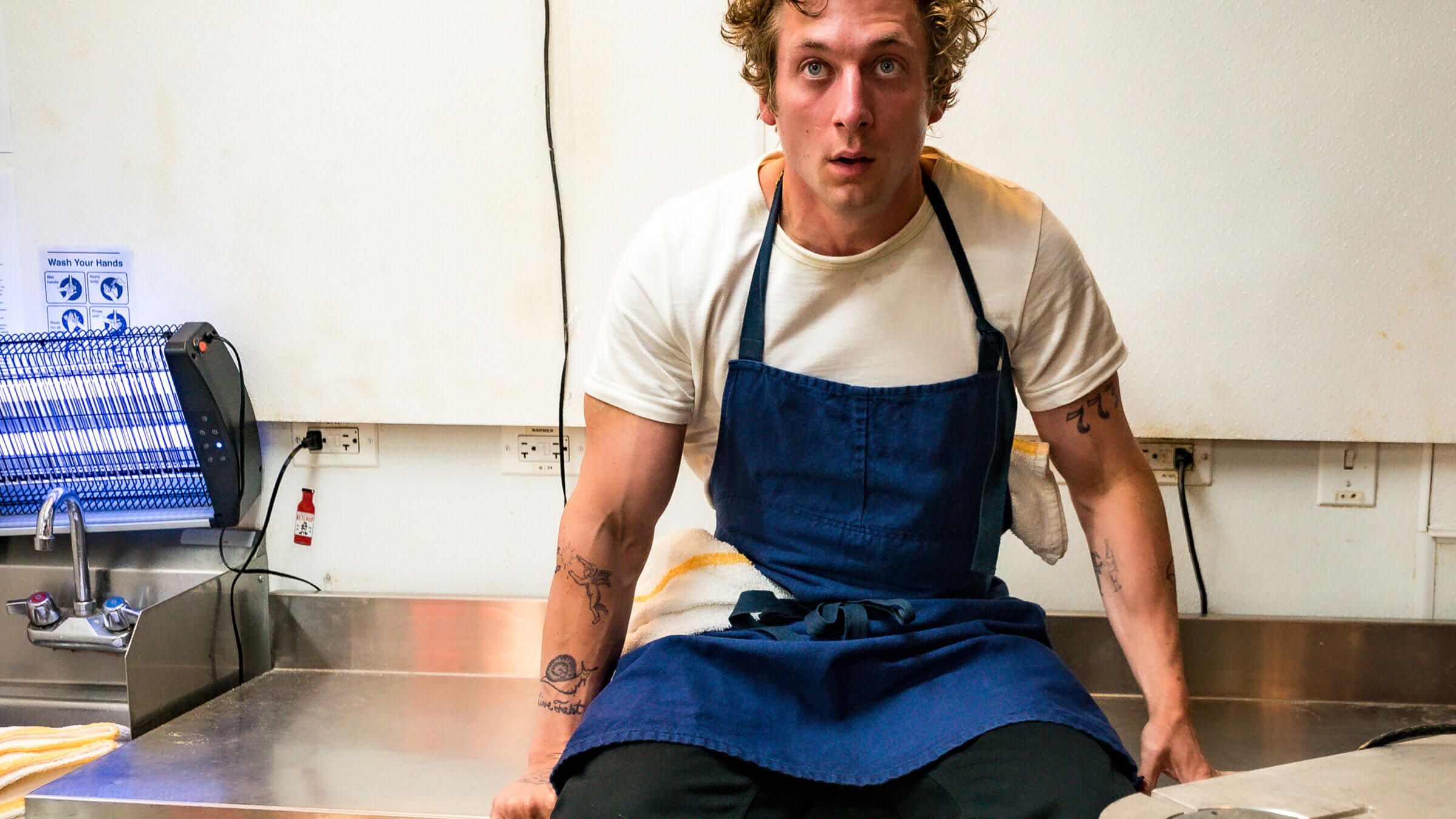Yes, kosher fans of ‘The Bear,’ you can make a beef braciole
TV’s best show about food demands a great kosher Italian beef recipe

Jeremy Allen White plays Carmen ‘Carmy’ Berzatto in “The Bear.” Photo by Matt Dinerstein/FX
Here’s how you can tell that “The Bear,” a breakout hit about a four-star Manhattan chef who returns home to sling hash in his family’s zero-star Chicago sandwich shop, is TV’s best-ever portrayal of life in a restaurant kitchen: Because with one delicious exception in the last episode of Season 1, none of the food makes you hungry.
It looks good. It must taste good — because the main character, Carmine Berzatto, is committed to his craft. But there’s just too much food, going by too fast, under too much pressure, to make the mouth water. This is a world away from “Chef’s Table” or similar documentary-style shows that fetishize a spoon swirling through custard or a steel blade slicing through raw red tuna. This fictional show feels more real.
I worked in restaurant, bakery and catering kitchens for years, and making food in quantity and at speed more often than not made me hunger for something plain and simple. When I finished my shifts at a high-end San Francisco restaurant, after plating Provencal sea bass and spaghetti carbonara all night, all I craved was a bean burrito. “The Bear” gets that right. Familiarity breeds discontent, if not dyspepsia.
In one scene, Carmine — they call him Carmy — returns to his apartment after hours in the kitchen, and in fast-cut close-ups, slaps some peanut butter on a piece of bread and downs it in three bites. (There’s a similar scene in the 1996 movie “Big Night,” when after cooking up an Italian feast, the chefs gather to make themselves scrambled eggs.)
Carmy returned to Chicago to take over the restaurant because his big brother Michael, who ran it, committed suicide. We watch for seven episodes as Carmy tries desperately to cook through his grief and then, in a brilliant seven-minute monologue, confronts it.
“I think it’s very clear that me trying to fix the restaurant was me trying to fix whatever was happening with my brother,” Carmy tells a grief counseling group. “And I don’t know, maybe fix the whole family.”
The first season of the show, which was created by Christopher Storer, ends on a note of hope. Carmy makes his brother’s famous dish, braciole, Italian stuffed beef rolls, to serve to his staff, which has become his family. It’s then that the show slows down, and you watch Carmy, unrushed, follow his brother’s recipe.
He pounds out the beef; lays in prosciutto, breadcrumbs, Parmesan, pecorino, pine nuts, raisins, parsley and garlic; rolls up the filets; bathes them in red sauce and serves it forth.
They eat at a long table in the gritty place, and I’m sure the show’s creators meant for the scene to look as religious as it does — the ritual food, the gathered congregation, the spirit of hope, forgiveness and Michael hovering nearby.
And in the center, like an offering, is the braciole, carrying the weight of all that gravy and all that symbolism. That’s the dish that, finally, made me hungry.
Of course I couldn’t wait to make braciole. My version is kosher (and lighter), using slightly bitter greens as a stuffing. Is it as impressive? To quote a character from “The Bear,” “Delicious is impressive.”
A message from our CEO & publisher Rachel Fishman Feddersen
I hope you appreciated this article. Before you go, I’d like to ask you to please support the Forward’s award-winning, nonprofit journalism during this critical time.
We’ve set a goal to raise $260,000 by December 31. That’s an ambitious goal, but one that will give us the resources we need to invest in the high quality news, opinion, analysis and cultural coverage that isn’t available anywhere else.
If you feel inspired to make an impact, now is the time to give something back. Join us as a member at your most generous level.
— Rachel Fishman Feddersen, Publisher and CEO